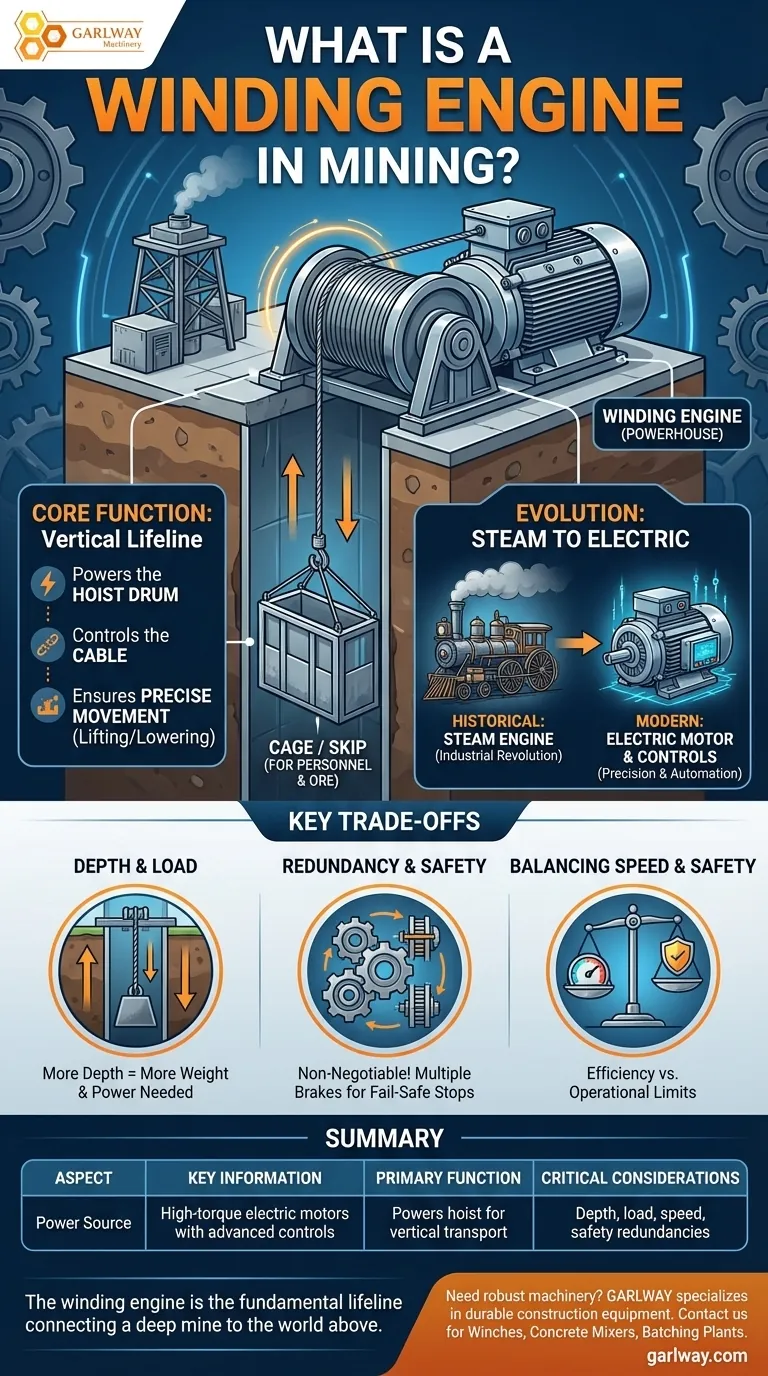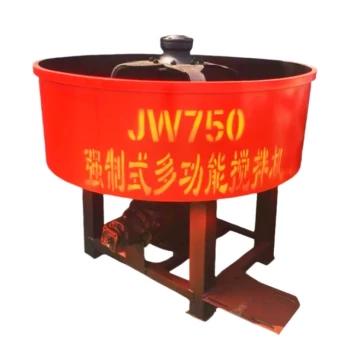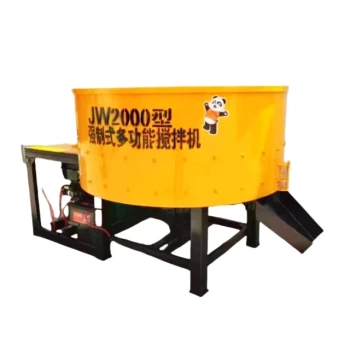In mining, a winding engine is the critical machine that powers the entire hoist system, responsible for lifting minerals, equipment, and personnel from deep within a mine to the surface. It is the heart of a mine's vertical transportation network, controlling the massive cables that raise and lower the conveyance, or "cage," within the main shaft.
A winding engine is the powerhouse for a mine's hoist, controlling the cables that move everything vertically through the mine shaft. While originally steam-powered, today's winding engines are powerful electric motors, but the core principle of vertical transport remains the same.

The Core Function: A Mine's Vertical Lifeline
The term "winding" specifically refers to the operation of hoisting mined minerals to the surface. The engine that powers this process is therefore central to the entire productivity and safety of a deep-shaft mine.
Powering the Hoist Drum
At its most fundamental level, the winding engine's job is to rotate a massive drum. This function is analogous to a giant, powerful fishing reel.
Controlling the Cable
A thick steel cable is wound around this drum. One end of the cable is anchored to the drum, while the other is attached to the conveyance (the cage for personnel or the "skip" for ore) that travels up and down the mine shaft.
Ensuring Precise Movement
By precisely controlling the rotation, speed, and direction of the drum, the winding engine operator can accurately position the cage at various levels within the mine or bring it safely to the surface.
The Evolution from Steam to Electric
The technology behind winding engines has evolved significantly, directly impacting the depth and efficiency of mining operations.
The Original Steam Engines
Historically, winding engines were large, stationary steam engines. They were engineering marvels of the Industrial Revolution, enabling miners to access resources at previously impossible depths.
The Modern Electric Motor
Today, the term winding engine almost always refers to a large, high-torque electric motor coupled with a sophisticated control system. While the power source has changed, the traditional name remains in use.
The Impact of Modern Controls
Modern electric hoist controllers provide a level of precision, automation, and safety that was unattainable with steam. They can manage acceleration, speed, and deceleration with extreme accuracy, crucial for preventing accidents and equipment damage.
Understanding the Key Trade-offs
The design and operation of a winding engine are governed by a constant balance between productivity, engineering limits, and, most importantly, safety.
The Challenge of Depth and Load
The deeper the mine, the longer and heavier the cable becomes. This adds immense weight that the engine must handle in addition to the payload, requiring exponentially more powerful motors and more robust braking systems.
Redundancy is Non-Negotiable
A failure in a winding engine can be catastrophic. Consequently, these systems are designed with multiple layers of redundancy, especially in their braking systems, to ensure they can stop and hold a load even if the primary power fails.
Balancing Speed and Safety
While moving material and people quickly is essential for efficiency, it cannot come at the expense of safety. Modern control systems are programmed with strict operational limits to manage the balance between hoisting speed and the immense forces acting on the equipment.
Making the Right Choice for Your Goal
Understanding the winding engine is key to understanding the entire logistical and safety framework of an underground mine.
- If your primary focus is engineering or operations: View the winding engine as the central component of the mine's material handling and logistics system, dictating the pace of production.
- If your primary focus is mining history: Recognize the steam-powered winding engine as a pivotal technology that enabled the deep-shaft mining that fueled industrial growth.
- If your primary focus is safety and regulation: Understand that the winding engine and its hoist are among the most stringently regulated and safety-critical systems in the entire mining operation.
Ultimately, the winding engine is the fundamental lifeline connecting a deep mine to the world above.
Summary Table:
| Aspect | Key Information |
|---|---|
| Primary Function | Powers the hoist system to lift/lower materials, equipment, and personnel in a mine shaft. |
| Modern Power Source | High-torque electric motors with sophisticated control systems. |
| Evolution | Evolved from large steam engines to modern electric motors for greater precision and safety. |
| Critical Considerations | Balances depth, load capacity, speed, and non-negotiable safety redundancies. |
Need robust machinery for your heavy-duty projects?
GARLWAY specializes in engineering durable and powerful construction machinery, including winches, concrete mixers, and batching plants. If your operations demand reliable equipment built for performance and safety, our solutions are designed for construction companies and contractors worldwide.
Contact GARLWAY today to discuss how our machinery can power your success.
Visual Guide

Related Products
- Ready Mixer Machine for Construction Ready Mix Machinery
- Shaft Mixer Machine for Cement and Regular Concrete Mixing
- JW1000 Mobile Cement Mixer Concrete Mixer Truck and Batching Plant
- Hydraulic Concrete Mixer Machine Cement Mixing Equipment for Mixture Concrete
- HZS25 Best Cement Mixer for Quick Mix Concrete at Bunnings
People Also Ask
- Why is cleaning a concrete mixer after use important? Avoid Costly Repairs and Ensure Quality
- What is the function of a concrete mixer machine? Achieve Consistent, High-Quality Concrete for Your Projects
- What should be considered regarding the output of a concrete mixer? Match Capacity to Your Project Scale
- Which type of projects require a concrete mixer? Essential Guide for Construction Pros
- When was the first concrete mixer developed and by whom? Discover the 1900 Breakthrough











